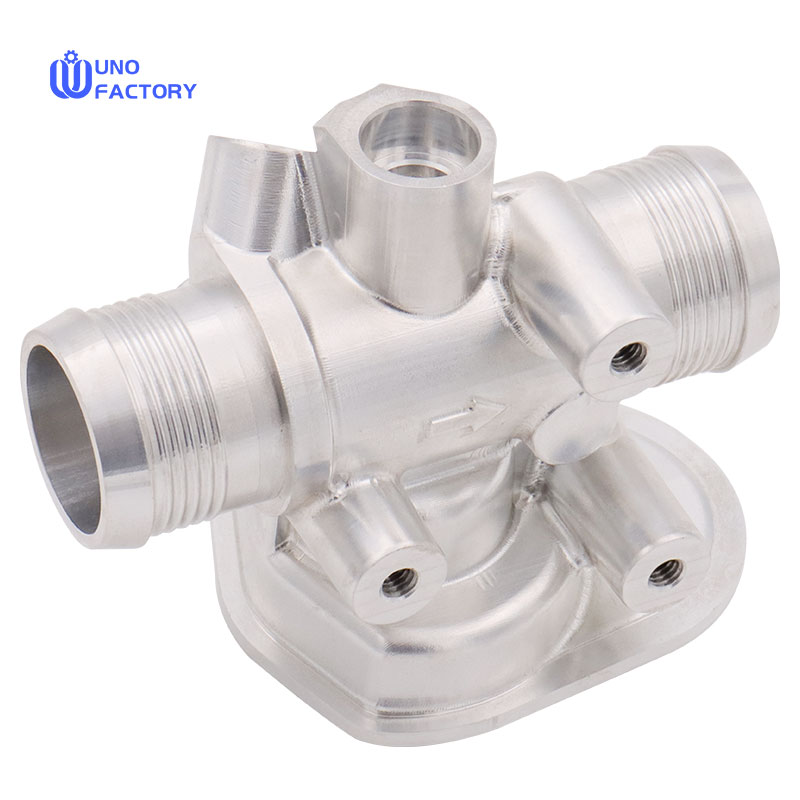Time to read: 6 min

In the realm of CNC machining, the feed rate and cutting speed are two critical parameters that directly impact the efficiency and quality of the finished product. This article delves into these concepts, analyzing how they influence the machining process, and offers optimization suggestions.
Feed Rate and Cutting Speed in CNC Machining
CNC machining, or computer numerical control machining, is a subtractive manufacturing technique that involves cutting material to fabricate parts. Understanding how much material the machine shears off per revolution and the speed at which the CNC machine moves is crucial. This is where the feed rate and cutting speed come into play.
What is Cutting Speed?
Cutting speed is typically defined as the relative velocity between the surface of the workpiece and the cutting tool. It can also be understood as the speed at which the workpiece moves past the cutting edge of the tool. It is commonly measured in meters per minute (m/min) or feet per minute (ft/min). Cutting speed is a significant factor affecting CNC machining parameters such as cutting temperature, power consumption, and tool life.
Factors Influencing Cutting Speed
- Workpiece Hardness: The hardness of the material being cut is a key factor in determining cutting speed. The harder the material, the slower the cutting speed.
- Cutting Tool Material: Different lathe tools used for various CNC machining are made of different materials, thus possessing different hardness properties, which significantly impact the cutting speed.
- Expected Tool Life: The anticipated lifespan of the tool is also an important factor in determining cutting speed.
What is Feed Rate?
Feed rate refers to the distance the cutting tool moves during one spindle revolution, or the velocity at which the cutter advances against the workpiece. In turning and boring processes, it is measured in inches per revolution (ipr) or millimeters per revolution (mpr). However, for milling processes, machinists use inches per minute (ipm) or millimeters per minute (mpm). When calculating the feed rate, the machinist considers the number of flutes (or teeth) on the cutting tool and calculates the feed rate for each tooth.
Factors Influencing Feed Rate
- Cut Width: Any cut width less than half the diameter of the tool can cause chip thinning, a manufacturing defect that reduces the chipload (amount of material cut by the tool in one revolution) and can lead to longer lead times.
- Type of Tool: Different tool types have different requirements for feed rate.
- Machine Spindle Power: The available power at the machine spindle also affects the selection of feed rate.
- Workpiece Strength: The strength of the workpiece material similarly influences the feed rate.
Differences Between Feed Rate and Cutting Speed
Although these parameters are similarly defined, they have distinct differences in practical application. For example, cutting speed has a greater impact on cutting temperature and tool life, while feed rate directly affects surface roughness.
How to Determine Cutting Speed and Feed Rate
Determining these parameters requires considering various factors, including spindle speed, tool characteristics, and machining requirements. Through precise calculations, the optimal cutting speed and feed rate can be found to enhance the machining process.
Conclusion
Optimizing the feed rate and cutting speed in CNC machining is crucial for improving machining efficiency and the quality of the finished product. A deep understanding of these parameters and their effects can significantly enhance machining performance. Choosing professional CNC machining services, such as Unofactory, ensures that you always receive high-quality machined parts.




